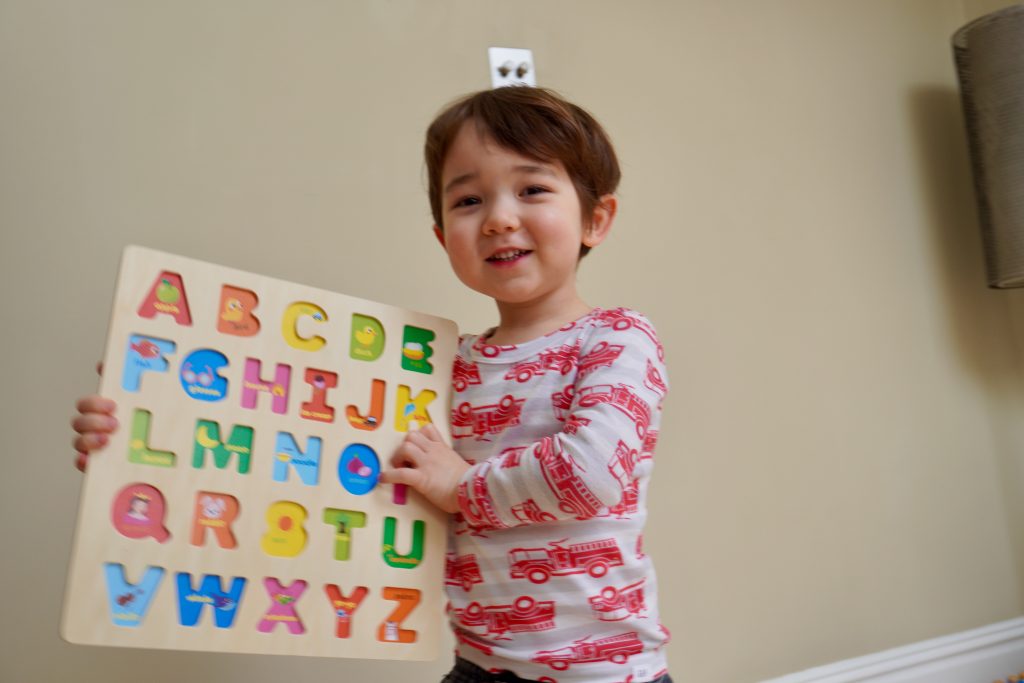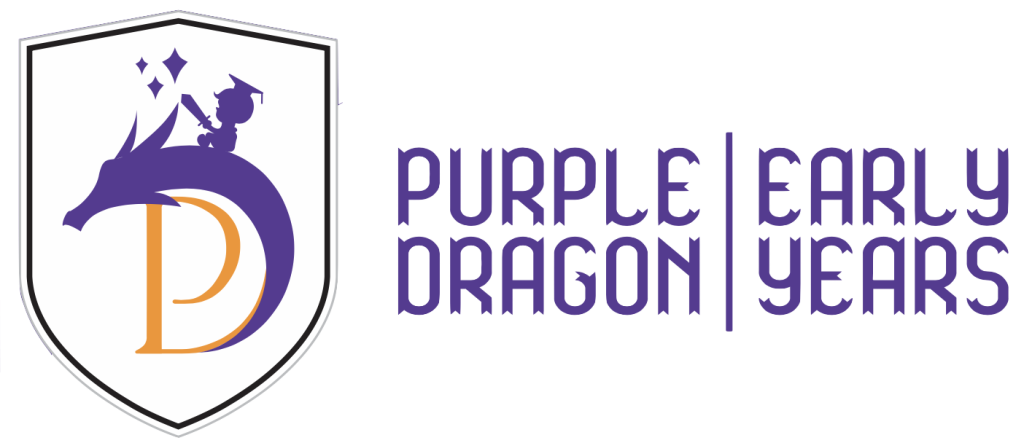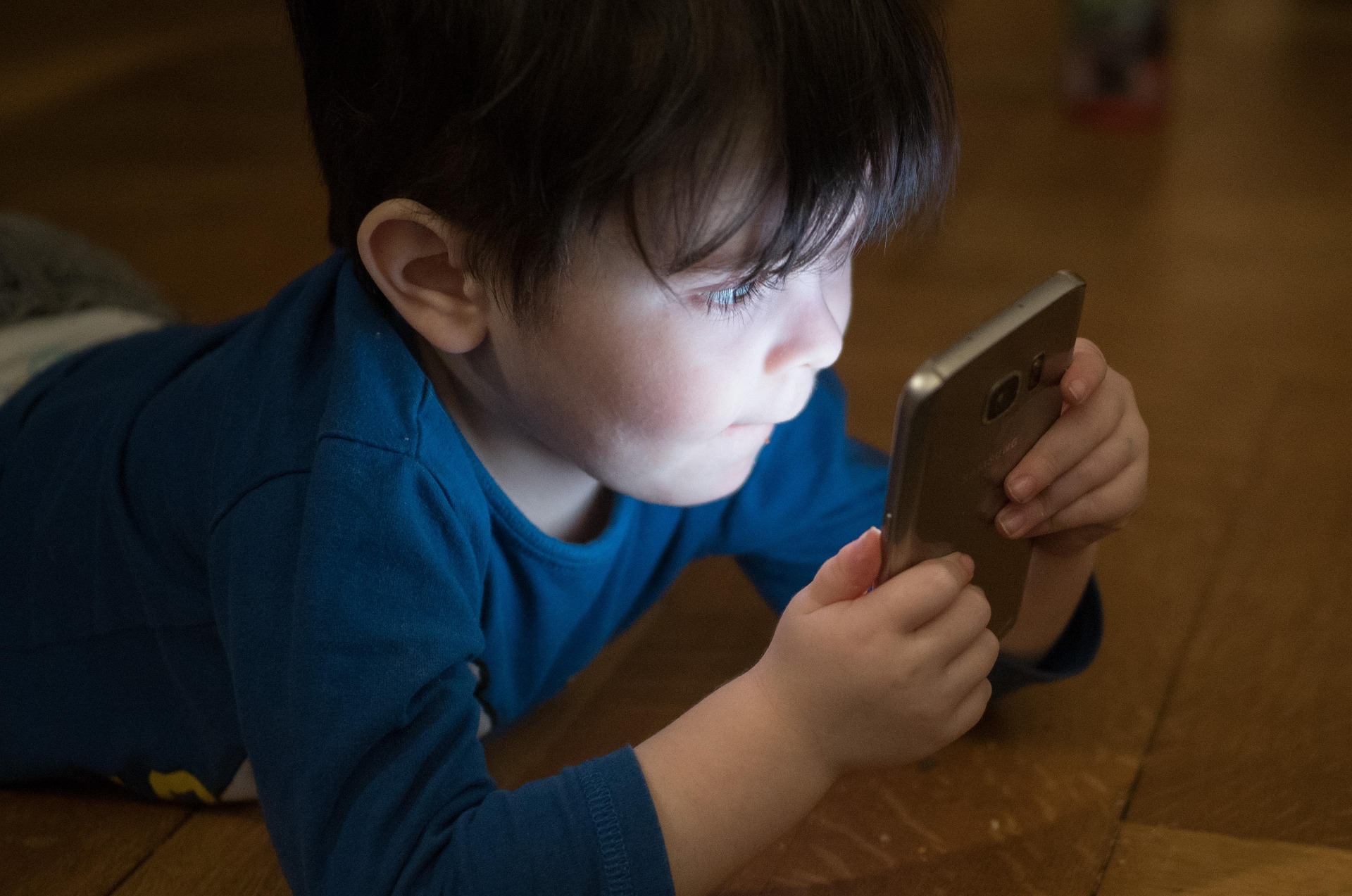It may seem a bit strange thinking of Early Years children being strategic in engaging with their learning and perhaps the UNESCO report on How Children Learn [2002] is a bit more focused on older children with the Fifth principle, Be Strategic, but in essence it is about children deploying various mechanisms (or strategies) to help them to solve the deluge of new challenges they encounter from an early age. As adults we have a lot of life experience to assist us with problem solving, yet still we struggle from time to time, especially when confronted with new experiences.

In the early years babies deploy tasting and touching to learn about their environment (sensory exploration), so much so that we parents must be constantly vigilant to ensure they come to no harm. A little later they also deploy simple mechanisms like repetition, sounding words out loud, counting on fingers, slotting shapes into right sizes slots and so on, which are obvious signs that children are deploying strategies to learn.
When they advance a bit into the school environment teachers show them strategies for solving mathematical problems, like counting frames and estimation; comprehending probability by playing dice games; using phonics to read words and conducting science experiments etc.

You may have heard the saying: “Give a man a fish, and you feed him for a day. Teach a man to fish, and you feed him for a lifetime.” And so it is with teaching children. Research shows that when we teach our children problem solving mechanisms they learn faster and in a more lasting fashion than when we use rote learning approaches. We are basically teaching our children how to learn effectively. This is also allied to the principle covering understanding rather than mere memorising covered in Principle 4 – Relating New Information to Prior Knowledge.
Indicated Action
Figure out ways to guide your children to engage with learning opportunities such that they learn how to learn. As mentioned above this includes counting on fingers to execute basic addition. Once they figure out a few of these they will amaze you with the speed and accuracy of their addition problem solving for equations you have not yet gone through with them.

Repetition and sounding out words and phrases are important for early language development. When they get on to reading, use pictures to support the meanings of the words and ask them to spell out key words related to the meaning. Later on, summarising texts and highlighting key points in a text are important. Once you demonstrate the concept of opposites sufficiently children soon start to seek out opposites relationships, sometimes getting them hilariously wrong…
Employ other principles, such as relating your teaching to the real word (for example: touching the child’s body parts when teaching the names of the parts of the body and when putting on shoes and gloves ask the child to raise their left or right foot until they know it instinctively).
At Purple Dragon we use HEI school of Finland toolkit, which puts a premium on learning via stimulative mechanisms that help children learn how to learn. Repetition; relation to real world examples; use of counting to aid understanding of addition; ensuring understanding rather than rote learning and many more.




